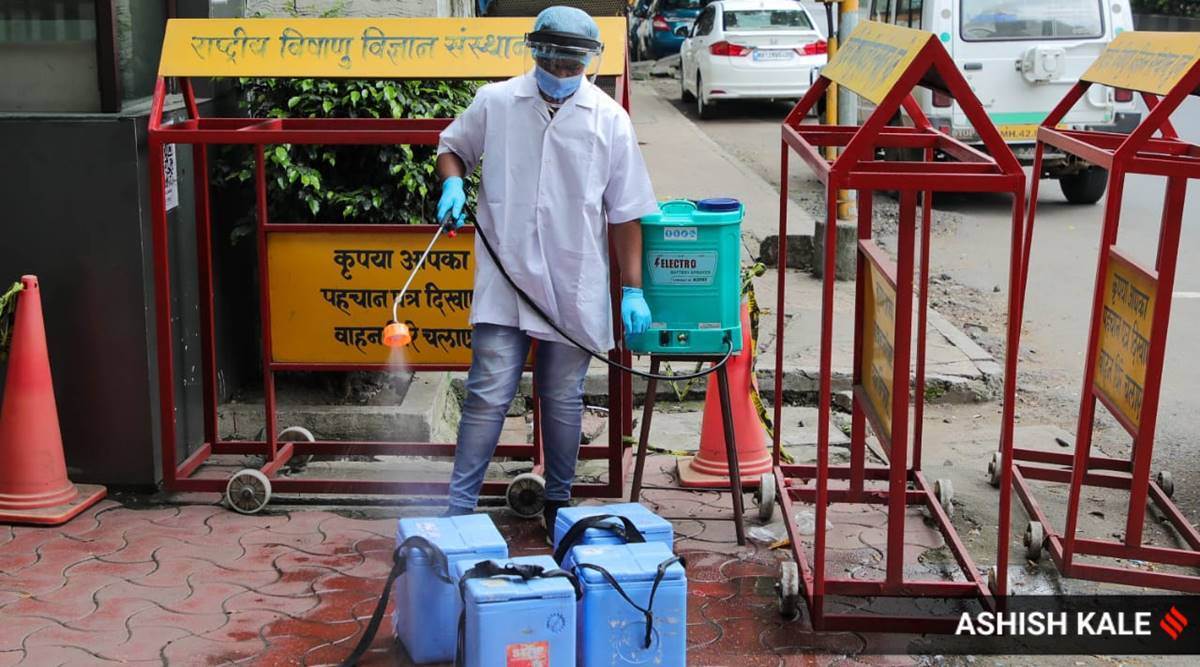 The study is based on analysis of data until June 29, by which time more than 5 lakh deaths had been reported – more than 70 per cent of it in high-income countries.(Express photo by Ashish Kale)
The study is based on analysis of data until June 29, by which time more than 5 lakh deaths had been reported – more than 70 per cent of it in high-income countries.(Express photo by Ashish Kale) Better hygiene and sanitation in the rich and developed countries could, paradoxically, be one of the reasons for the high rates of coronavirus-related deaths there, a new study by Indian scientists has indicated, lending credence to what is known as the ‘hygiene hypothesis’.
The study has tried to find possible explanations for the fact that lower-income countries, with higher population densities and much lower sanitation standards, seem to have recorded much lesser coronavirus-related deaths compared to richer, more developed, countries.
Shekhar Mande, director general, Council of Scientific and Industrial Research (CSIR), is one of its authors. Bithika Chatterjee of the Pune-based National Centre for Cell Sciences and Rajeeva Laxman Karandikar of Chennai Mathematical Institute are its co-authors.
The study is based on analysis of data until June 29, by which time more than 5 lakh deaths had been reported – more than 70 per cent of it in high-income countries.
In its endeavour to find a reasonable explanation for the counter-intuitive phenomenon, the study correlated coronavirus deaths in several countries with indicators such as GDP, population density, human development index rating, demography, sanitation and hygiene, and prevalence of autoimmune diseases. It found that ‘hygiene hypothesis’ could be one of the reasons for the dichotomy.
‘Hygiene hypothesis’ says that because people in countries with low sanitation standards get exposed to communicable diseases at an early age and develop stronger immunity, helping them to ward off diseases later in life, a phenomenon called ‘immune training’. Conversely, people in richer countries have better access to healthcare and vaccines, and things like clean drinking water, due to which they remain safer from such infectious diseases.
But that, paradoxically, also means their immune system remains unexposed to such dangers.
This hypothesis is also sometimes used to explain the prevalence of auto-immune diseases, in which the immune system sometimes ‘overreacts’ and starts attacking the body’s own cells, leading to disorders like type-1 diabetes mellitus or multiple sclerosis.
Among countries with the highest rates of death per million of population are Belgium, Italy and Spain, where more than 1,200 deaths have died per million have been recorded till now. The US and the UK have more than 1,000 deaths per million of population.
In contrast, India has seen just about 110 deaths per million, less than half the world average of about 233. Most other South Asian countries, as also in rest of Asia and Africa, have much lower death rates.